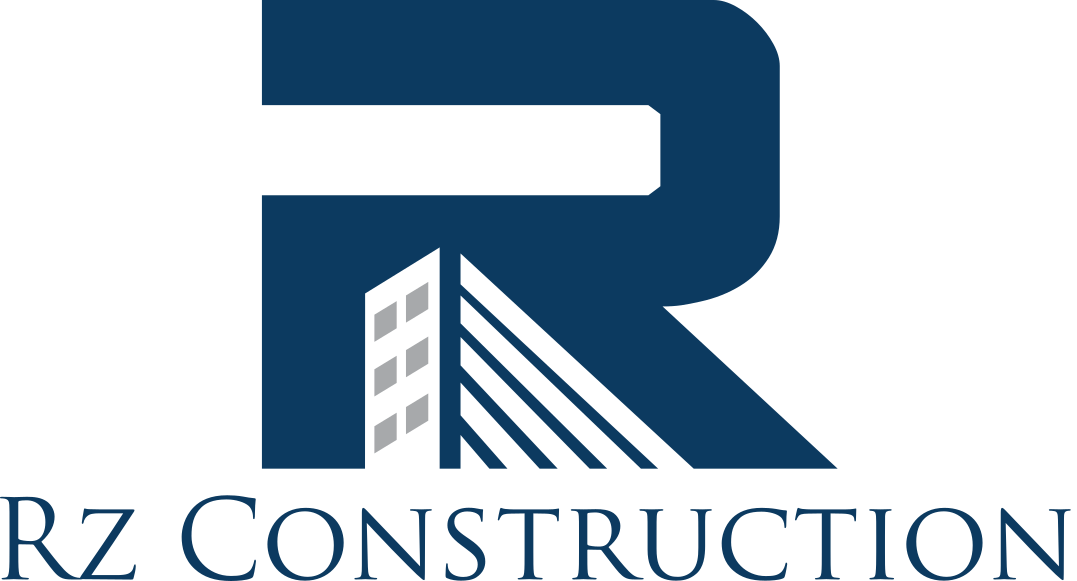Forming a low, protective barrier that extends out from a wall at a structure’s edge, like a roof, terrace or balcony, parapets are a feature of many modern and ancient structures. Where parapet roofs are concerned, a low barrier wall is constructed out of the roof itself.
Designed to stop anyone standing behind them from falling, parapet roofs have been used throughout history as defensive measures, and can be seen on forts, towers and castles throughout the world.
What are the advantages of parapet roofs?
While the original purpose of parapet roofs as a means of defense against enemies may no longer be applicable, they still have many benefits that can help to strengthen a building and improve its façade, such as the following:
They help improve the stability of a roof
By preventing something known as wind-uplift (when pressure below a roof is higher than the pressure of the air above it, caused by strong winds), parapet roofs help to create a barrier against wind and minimize what can be incredibly harmful changes in pressure, to a building.
With the capacity to significantly weaken a building’s roofing system, such changes in pressure caused by high winds can cause a roof to collapse over time, if not fortified by a parapet.
They help protect a roof against extreme weather conditions
Other weather conditions than high winds, such as thunderstorms, hurricanes and tornados, can cause just as much damage to a roof or the façade of a building. If a parapet roof has been installed, however, it can help to strengthen the barricade against debris and other objects that might be flying around in extreme weather.
They help keep a building’s occupants protected
Parapet roofs aren’t just beneficial for protecting a building, but are also beneficial for protecting anyone who may be on the roof, from the risk of falling.
They offer protection against fire
Because a parapet extends over the roof plane in a parapet roof, fire is prevented from climbing the outside of a building and potentially setting the membranes of the roof alight.
They can be used as a unique and attractive design element
Aside from their many practical advantages, parapet roofs can be used to give a building a unique design and aesthetic, and can be used by architects to create interesting shapes and angles, and make a structure appear taller than it actually is. Not only that, but a parapet roof can be used to hide unsightly equipment on a roof, such as HVAC units, and improve the curb appeal of a building.
What can make parapet roofs vulnerable to damage?
While parapet roofs are advantageous for a whole host of reasons, their unique design also makes them susceptible to certain challenges, the common causes of which are listed below:
- Staining caused by rain
If a parapet roof has been installed without adequate preventative measures to stop rainwater from pooling (such as by sloping it inward), the pooling and dripping likely to occur, can quickly stain the parapet and make it look unsightly and unkempt.
- Deterioration caused by rain
Water on a parapet roof, particularly those with brick on edge coping, can cause several problems that can be significant if left untreated. Water penetration exposes the parapet to the freeze-thaw cycle that can be so damaging over time, along with other erosive elements that may be present in the rainwater.
- Thermal movement
Without the masonry to support any structural movement, parapet walls may expand and contract more than they might usually, which can lead to cracks in the material surrounding it.
With many practical and aesthetic functions, parapets can be extremely beneficial to a building, but when not constructed as they should be, they can present a number of challenges needing to be addressed by a masonry professional.
